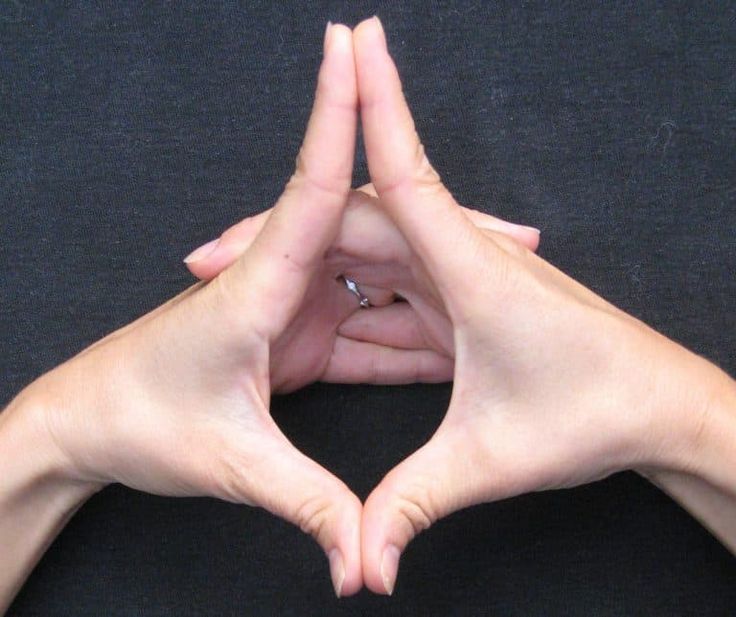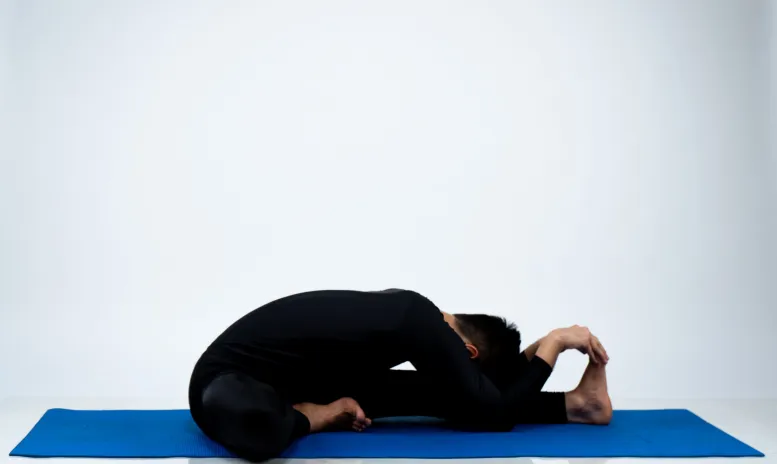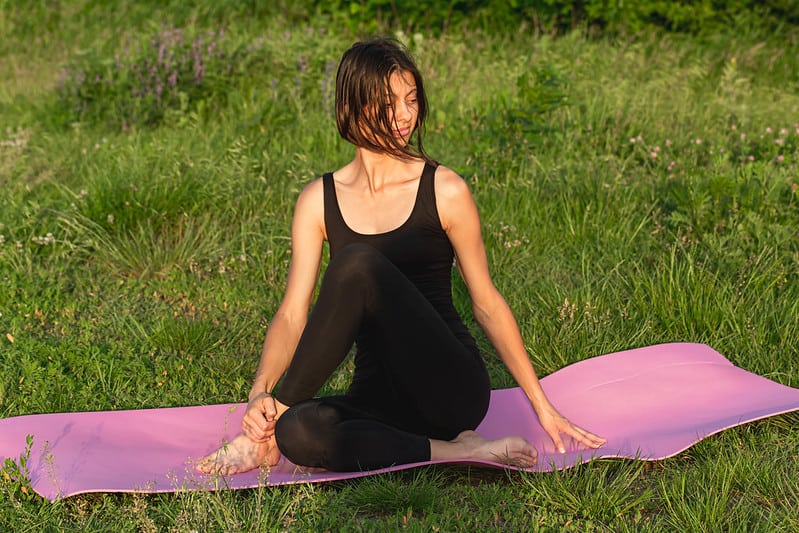
The Uttarabodhi Mudra, a powerful hand gesture in ancient yogic wisdom, symbolizes the elevation of consciousness and the shift from earthly concerns to spiritual realms.
That transcends physical form. This gesture is entwined with the meditation symbolism of the Buddha, providing yogis, meditators, and self-discovery seekers with both energy and psychological advantages.
Table of Contents
ToggleHow to Do Uttarabodhi Mudra?
- Find your seat: Settle comfortably in a quiet space with your back straight.
- Connect with your breath: Take a few deep breaths, grounding yourself in the present moment.
- Form the mudra: Bring your hands to your lap, palms facing upwards. Gently touch the tips of your thumbs together, pointing your fingers upwards. Align your fingertips roughly with your heart center.
- Close your eyes (optional): Soften your gaze or close your eyes to deepen your inward focus.
- Breathe and meditate: Maintain slow, deep breaths and allow your attention to settle within the mudra. Observe any sensations, emotions, or insights that arise without judgment.
- Hold for as long as comfortable: Begin with a few minutes and gradually increase the duration as you become accustomed to the practice.
Benefits of Doing Uttarabodhi Mudra
Mental Health: Uttarabodhi Mudra is a powerful mental fortitude tool that promotes positive thinking, self-awareness, and self-confidence. It soothes nerves, reducing fear and providing solace for students facing exam anxieties or nervous presentations, thereby melting away stage fright and insecurities.
Physical : Uttarabodhi Mudra is a practice that promotes physical rejuvenation by boosting Prana, the life force, through the body. This technique strengthens the heart, lungs, and intestines, which is especially good for people who have restricted movement or are sick. The mudra can be applied to the chest to improve lung capacity and activate the Manipura Chakra, hence relieving digestive problems.
Uttarabodhi Mudra, a symbol of spiritual growth, has its origins in medieval tantric texts from India and is associated with Buddha figures in Buddhism and yoga. Its power to connect individuals with inner potential has transcended time and cultures.
Uttarabodhi Mudra improves mental peace, nerve relaxation, self-confidence, soul positivity, problem-solving, and decision-making skills, fostering positivity and soul feeding.
Uttarabodhi Mudra is a powerful technique that activates multiple chakras, facilitating energy flow between them. It activates the Manipura Chakra, igniting willpower and emotional balance. The Anahata Chakra, promoting love and compassion, is activated by upward-pointing fingers near the heart. The Sahasrara Chakra, promoting higher consciousness, is stimulated by the overall upward energy flow. The Muladhara Chakra, providing grounding and stability, is also activated by the crossed ring and little fingers.
Celebrities such as Gutum Buddha, Robert Downey Jr., Andrew Tate, Elon Musk, and Ronaldo use the Uttarabodhi mudra, which entails folding the hands, extending the index fingers, and linking the thumb fingers towards the back. This mudra is popular among successful individuals.
Ogrin of Uttarabodhi Mudra
Unfortunately, pinpointing the exact origin of Uttarabodhi Mudra is quite challenging. Its history stretches back centuries, weaving through ancient yogic texts and artistic representations without a definitive starting point. Here’s what we know:
Early Mentions:
- The earliest textual references to Uttarabodhi Mudra appear in medieval tantric texts from India, around the 8th-10th centuries. These texts associate the mudra with awakening higher consciousness and attaining spiritual liberation.
- Artistic depictions of the mudra can be found in Buddhist and Hindu iconography, although precise dating can be tricky. Notably, some scholars suggest its representation on the Borobudur temple in Indonesia, built around the 8th-9th centuries, hints at its early prevalence.
Evolution and Interpretations:
- Over time, Uttarabodhi Mudra’s usage and symbolism evolved. In Buddhist traditions, it became associated with certain Buddha figures, particularly Amoghasiddhi, representing enlightened activity and unshakeable confidence.
- In yoga practices, the mudra gained prominence for its ability to stimulate prana flow and activate higher chakras, particularly the Manipura and Anahata. Modern yoga lineages continue to incorporate it into various practices for its diverse benefits.
Unveiling the Mystery:
Despite the lack of a singular origin, Uttarabodhi Mudra’s enduring presence across various traditions speaks volumes about its significance. Its power to connect individuals with their inner potential and facilitate spiritual growth has transcended time and cultures, solidifying its place as a valuable tool for transformation.



No Comments